From battery electric vehicles (BEVs) that run solely on electricity stored in powerful batteries to plug-in hybrid electric vehicles (PHEVs) that combine the efficiency of electric motors with the range of traditional engines, and hybrid electric vehicles (HEVs) that generate electricity through driving, the diversity within the EV market caters to a wide range of consumer needs and preferences.
Exploring these different types of electric vehicles with AUTEL can help anyone who wants to navigate the future of transportation. Whether you're a consumer considering the switch to a more sustainable vehicle, or an enthusiast keen on the latest technological advancements.
As we explore these categories, we'll uncover the unique features, benefits, and considerations that define the current and future prospects of electric vehicles.

Types of Electric Vehicles
Generally, EVs can be categorized into four main types: BEVs, HEVs, PHEVs, and FCEVs. Due to the uniqueness of every type, they have several characteristics, advantages, and aspects to consider.
Battery Electric Vehicles (BEVs)
Battery Electric Vehicles (BEVs), or the so-called all-electric vehicles, are driven solely by electricity stored in their battery pack, without any contribution from an internal combustion engine. They are charge from an charger house supply from an outside source, such as in a home electric charger or a public charging post.
Advantages: With zero tailpipe emissions, BEVs are the cleanest vehicle type in terms of emissions. They often have lower operating costs due to fewer moving parts and the lower cost of electricity compared to gasoline.
Considerations: The driving range of BEVs can vary widely but is generally improving with advances in battery technology. Range anxiety, or the fear of running out of power before reaching a charging station, has been a concern, though the expanding charging infrastructure and longer-range models are mitigating this issue.

Hybrid Electric Vehicles (HEVs)
The HEVs combine an internal combustion engine as well as an electric motor using energy that is stored in batteries when recharged through regenerative braking as well as through the internal combustion engine. Unlike BEVs and PHEVs, their batteries cannot be charged with an electric car charger.
Advantages: Hybrid electric vehicles have more fuel efficiency and lesser emissions as well compared to typical electric vehicles without having to use charging plugs. They're made for drivers not 100 percent ready to go electric to help them keep their carbon footprint low and reduce fuel consumption.
Considerations: HEVs are more fuel-efficient, but they continue to require gasoline fuel and emit pollution when the internal combustion (IC) engine runs. They also feature lower-capacity batteries, and limited E-drive capability, when compared to PHEVs and BEVs.
Hybrid Electric Vehicles (HEVs) come with a reasonable combination of the internal combustion engine (ICE), electric motor, and a battery charged by regenerative braking and ICE, making it possible to use two fuels: gasoline and electricity. An HEV cannot be plugged in to recharge, rather it automatically swings between or combines the two sources for the best efficiency, still releasing some tailpipe emissions because of the operation of the internal combustion engine fed by gasoline.
BEVs, on the other hand, driven only with large batteries and external charge by the power grid or renewable sources, eliminate any trace of emissions and provide a smoke-free driving experience by producing no tailpipe emissions at all. The most obvious differences refer to the reliance on electric infrastructure for fueling BEVs and the ecological benefits, as opposed to the hybrid fuel option which combines better efficiency, and traditional fueling for HVEs.
Plug-in Hybrid Electric Vehicles(PHEVs)
PHEVs are an intermediate between BEVs and HEVs with larger batteries whereby all-electric driving is only possible for a limited range until it switches to hybrid mode, which uses both the internal combustion engine and electric motor.
Advantages: The PHEV provides the ease of a limited range all-electric drive and can be used every day for work, accompanied by the benefits of a gasoline engine in case of trips of great distance away from home. Combining them can cut driver’s fuel bills and emissions by large proportions for those who use mainly the electric mode.
Considerations: The ranges of PHEVs available are low, typically between 20 to 50 miles, beyond which they are used like HEVs. The need to use both electric and gasoline refueling may be a disadvantage for some users.
Fuel Cell Electric Vehicles (FCEVs)
FCEVs generate electricity on-board through a chemical reaction in a hydrogen fuel cell, with water vapor as the only byproduct. They are refueled with hydrogen gas at specialized fueling stations.
Advantages: FCEVs not only have refueling times similar to those of traditional cars but also impressive ranges making them viable zero-emission solutions for years to come. They are ideal for big vehicles and long-distance journeys.
Considerations: The development of hydrogen infrastructure is still in its earliest stages that are confined to specific regions and fuel stations alone. In addition to that, the environmental footprint and effectiveness with which hydrogen is produced also varies based on the technique used(e.g. reforming using natural gas versus utilizing electrolysis using renewable energy).
Regardless of whether the given category is of interest or generally, there is an EV type for almost every lifestyle and requirement, which represents the achievement of one of the big steps towards sustainable and innovative transportation alternatives.
Now that you know the types of electric vehicles, let’s jump right into every other thing you need to know about electric vehicles.
Basic Principles of Electric Vehicles
EVs are electrically operated and work by changing electrical energy into mechanical energy that propels the vehicle forward. This process is fundamentally different from how internal combustion engine (ICE) vehicles operate, where fuel combustion generates power. An EV operates primarily with parts such as an electric motor, a battery pack, and a controller that controls the power flow.
How Electric Vehicles Work
Battery Pack: The essence of an EV is its battery pack which reserves electrical power. This battery is much the way you find it in your mobile or laptop but bigger. It is replenishable either by charging from the mains or directly from solar panels, serving as the power storage of the car.
Electric Motor: The voltage energy which is stored in the battery is used to power the motor that runs the wheels. Electric motors are extremely efficient as well as they can deliver torque (or power to turn) immediately; that is why EVs go fast and react instantly from standing still.
Controller: Located between the electric motor and the battery is a controller, a crucial element that controls the power delivered to the motor depending on the driver who provides input from the accelerator pedal. This guarantees sustained acceleration and also restrains energy consumption.

Advantages of Electric Vehicles
Environmental Benefits: The emissions from EVs are zero thus making them relatively cleaner and greener compared to ICE vehicles. This contributes so much to the reduction of emissions, which is necessary for enhancing air quality and fighting against global warming.
Energy Efficiency: Electric motors have a higher conversion rate which means that more energy from the battery is converted into drive power.
Reduced Operating Costs: Electricity is relatively cheap for gasoline or diesel and EVs have a low number of moving particles, which means low maintenance cost.
Performance Benefits: EVs can attain high speed rapidly mainly because they are fed with direct torque from the electric motor. They also come with a low center of gravity which helps in handling.
Disadvantages of Electric Vehicles
Range Limitations: While EV Technology has come on very well, the reality is that most EVs have a shorter cruising range per charge when compared to an ICE vehicle’s capability to travel hundreds of miles on full tanks of fuel. It may be a problem with long journeys.
Charging Infrastructure: The availability of EV charging stations is rather narrow compared to standard petrol stations, which in turn may be an obstacle to acceptance especially in rural areas.
Higher Initial Costs: EVs can be more expensive up-front than ICE ones, but after tax incentives and lower running costs become influential; they could offset the difference.
Battery Life and Replacement: EV batteries tend to depreciate with time hence limiting the range and performance of the vehicle. Companies have to replace batteries once they get used as they are expensive even though prices will gradually decrease with the development of more innovative tech.
Conclusion
In delving into the diversity of electric vehicles, we found a variety of innovations and technologies. From pure electric vehicles (BEVs), plug-in hybrids (PHEVs), and conventional hybrids (HEVs), to fuel cell vehicles (FCEVs), each category demonstrates its characteristics and applicability scenarios. These diverse EV types reflect the automotive industry's commitment to finding more environmentally friendly, efficient, and sustainable mobility solutions.

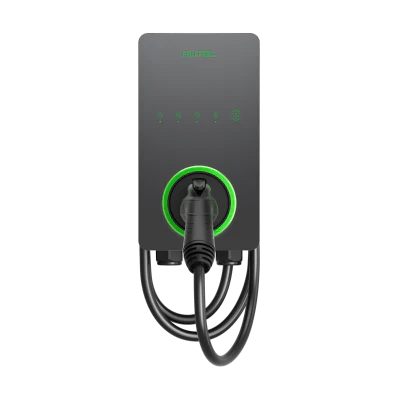
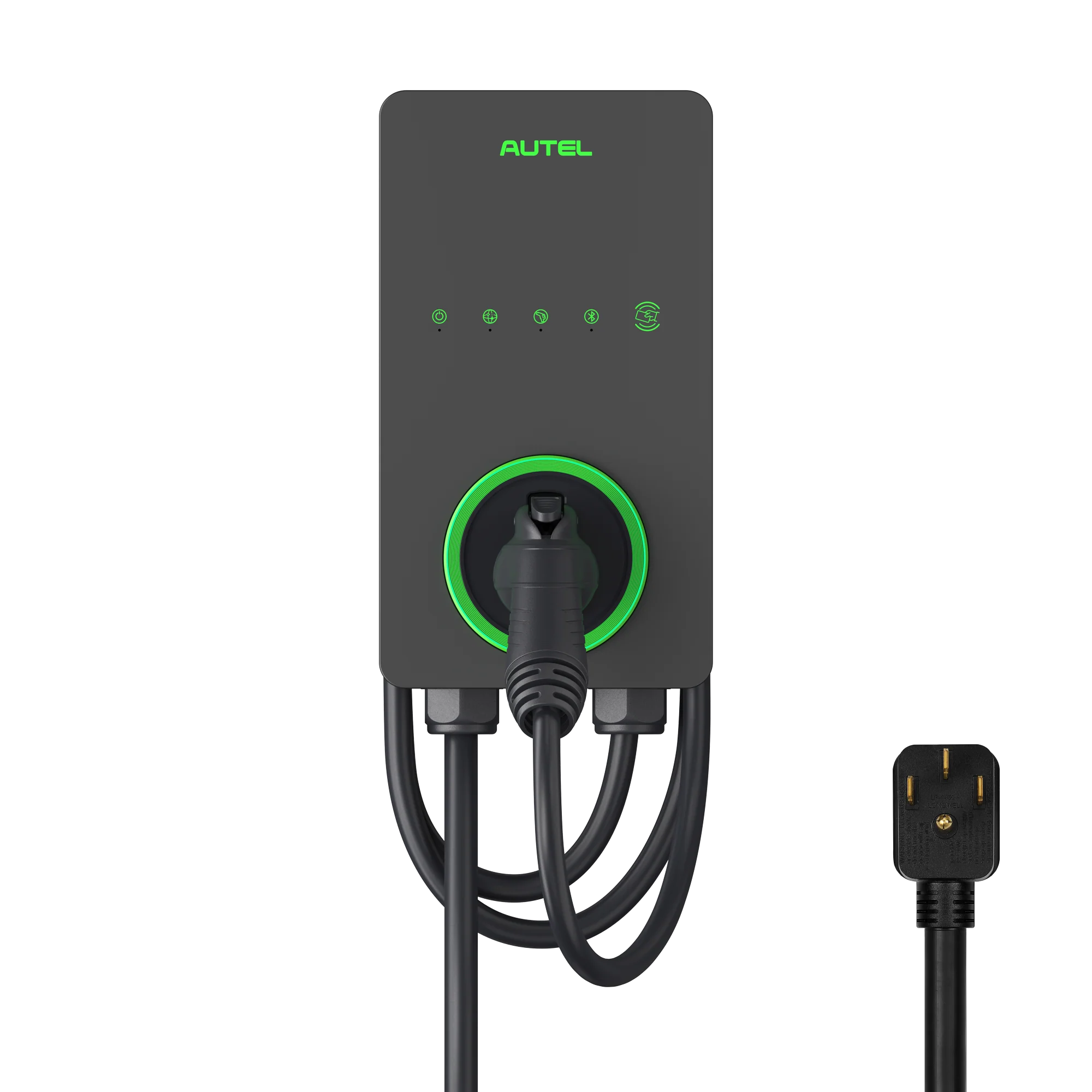

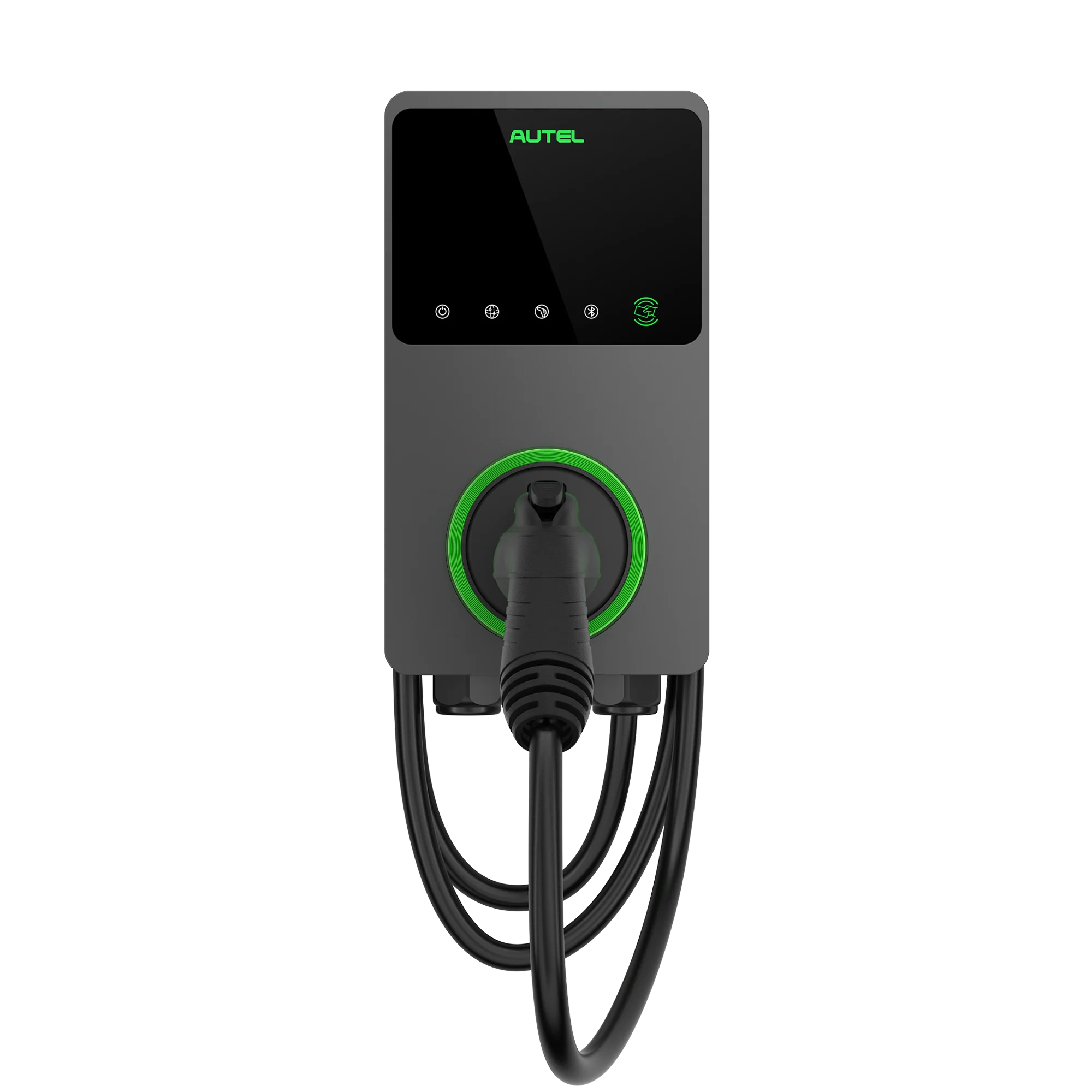
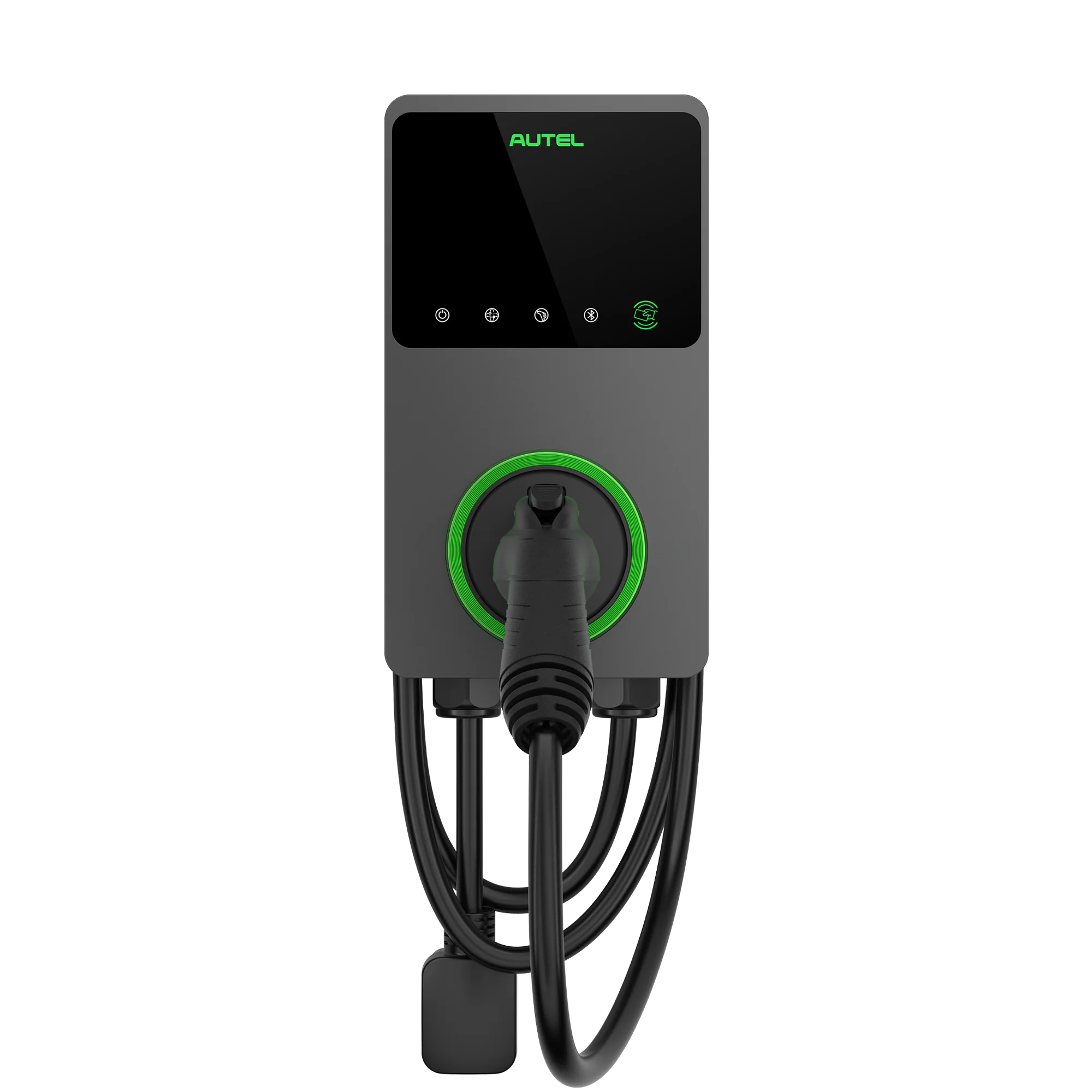





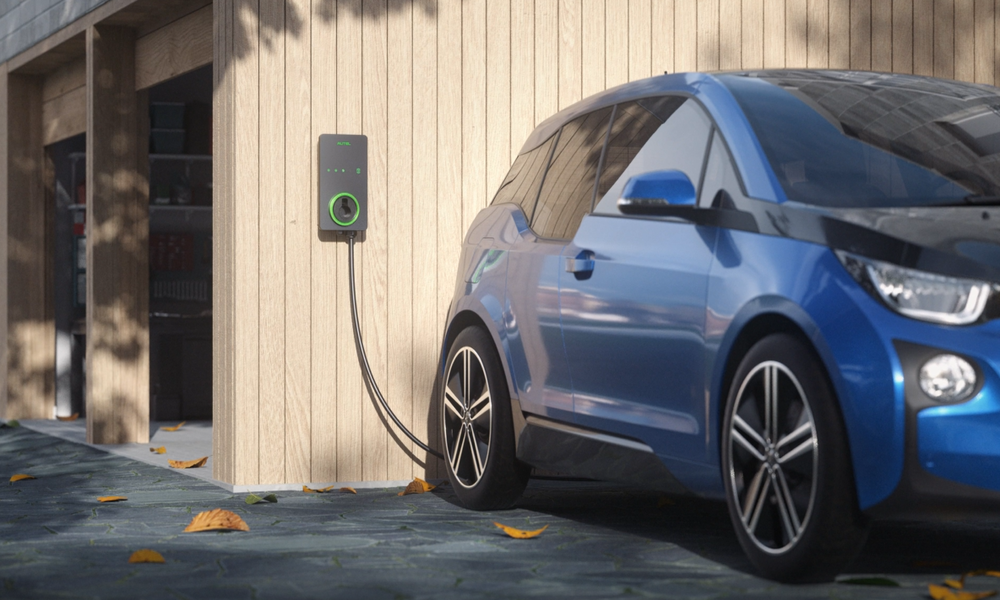
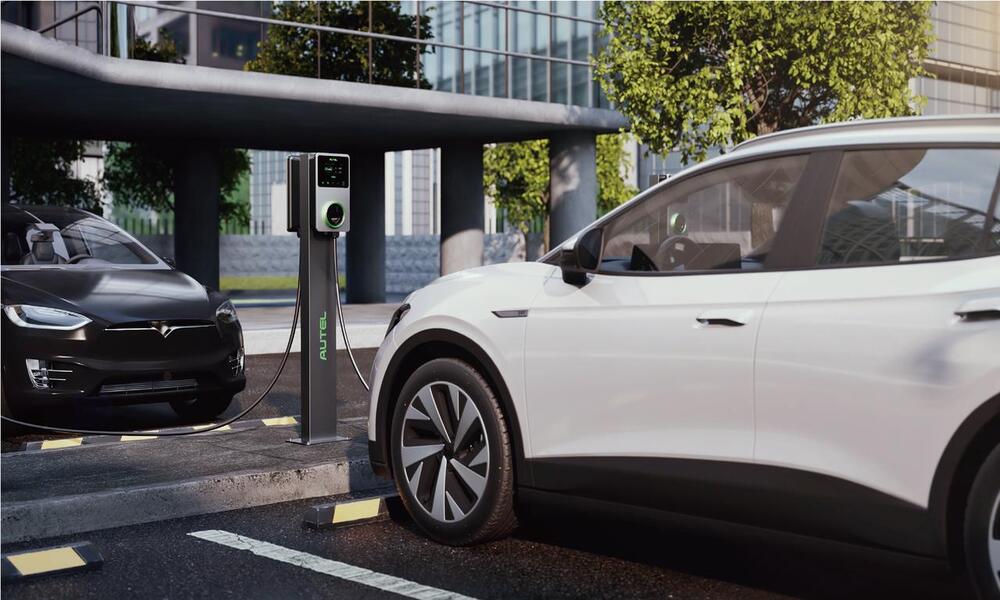

Leave a comment
All comments are moderated before being published.
This site is protected by hCaptcha and the hCaptcha Privacy Policy and Terms of Service apply.